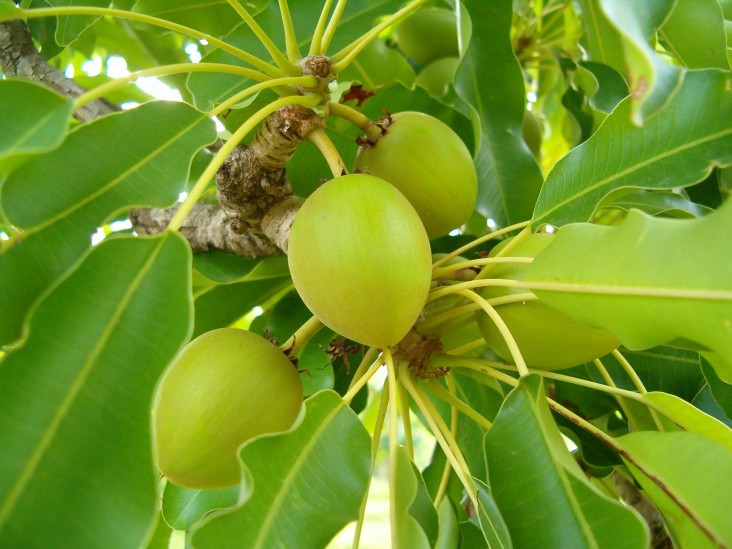
For Immediate Release
Ouagadougou, Burkina Faso – More than 500 individuals representing every aspect of the shea industry are gathered in Ouagadougou for Shea 2015: A Promising Future, the annual conference of the Global Shea Alliance, supported by USAID. From March 23 to 25, 2015, they will share information on new initiatives to improve shea tree populations, quality standards and practices, and women’s empowerment.
“Above all else, our involvement is inspired by the importance of shea for the women who collect and process shea nuts,” said Steven Koutsis, Chargé d’Affaires of the U.S. Embassy in Burkina Faso. “Close to 16 million women in rural areas of East and West Africa sustain the industry. Without them and their expertise, there is no shea industry. The Alliance has a clear focus on strengthening their livelihoods, increasing their incomes. And that is a top priority for the United States, as well.”
Over 200 small, women-owned businesses working in the shea industry will benefit from hands-on training at the conference. International brands and experts will lead workshops on important formulation, packaging and labeling, marketing, business planning, and financing skills.
Shea nuts have been traded regionally for centuries, and today, over 350,000 tons are exported annually from Africa, primarily for use as shea butter—a food ingredient. In the last 25 years, shea oil has also been used in cosmetic products.
The Global Shea Alliance, co-founded by USAID in 2011, is a private sector-led coalition of more than 350 members— including leading retail brands and small businesses, shea butter manufacturers, producers and exporters, as well as non-profit organizations— from 25 countries. Its primary goals are to increase competitiveness in the shea industry and foster industry sustainability, thereby improving the livelihoods of rural African women and their communities.
Related Press Releases
- West African Governments Will Support Health Services for Populations at Highest Risk of HIV
- Global Resilience Partnership Seeks Collaborative Grant Applications From Across the Sahel by 30 November 2014
- USAID and Rockefeller Foundation Announce $100 Million Global Resilience Partnership in Africa and Asia







Comment
Make a general inquiry or suggest an improvement.